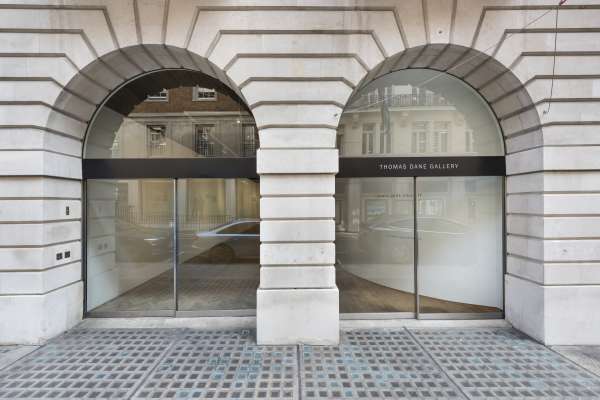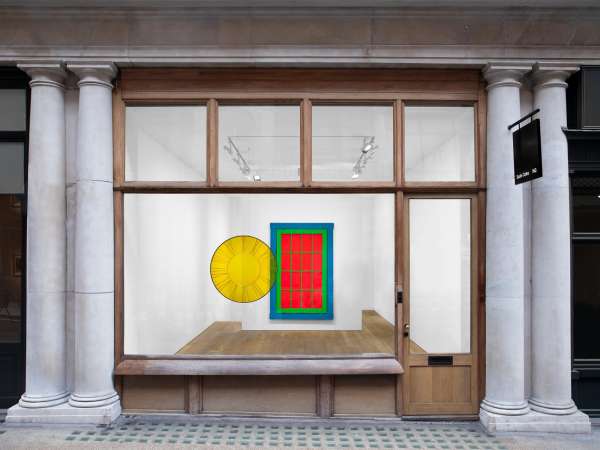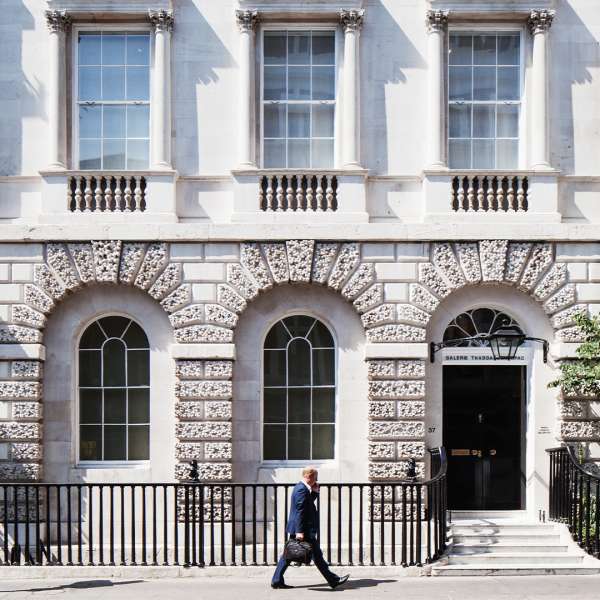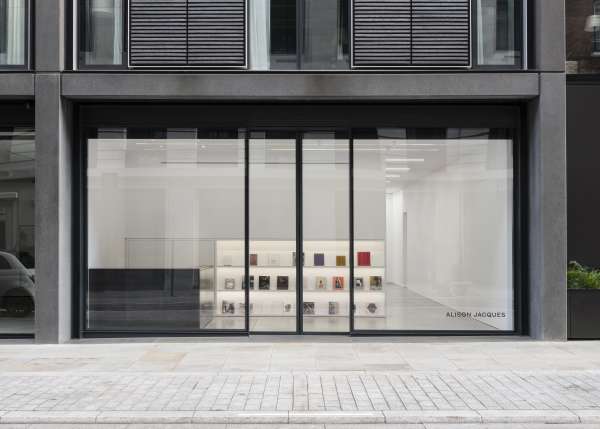Overview
-
 For me, London’s greatest asset is its internationalism; at its heart is the diaspora. My chosen route highlights artists from around the world whose practices embody both poeticism and a socio-political consciousness, speaking across borders to question notions of visibility, power, and the self.
For me, London’s greatest asset is its internationalism; at its heart is the diaspora. My chosen route highlights artists from around the world whose practices embody both poeticism and a socio-political consciousness, speaking across borders to question notions of visibility, power, and the self.For me, London’s greatest asset is its internationalism; at its heart is the diaspora. My chosen route highlights artists from around the world whose practices embody both poeticism and a socio-political consciousness, speaking across borders to question notions of visibility, power, and the self.
My first stop of the day would be at Thomas Dane Gallery’s two spaces on Duke Street, St James’s for the solo presentations of artists Paul Thek and Jimmy Robert. Both exhibitions feel like a gift to the city; Thek’s being his first solo exhibition in the UK for over a decade, featuring unseen sketches alongside his delicate and dreamlike paintings, and Robert presenting an entirely new body of work. Exploring questions of desire and vulnerability, I have always found Robert’s work to be deeply moving.
A very short walk will take you to Sadie Coles HQ’s Bury Street space for an exhibition by Tau Lewis. Lewis’ star continues to rise on the international stage and for good reason. Transforming found textiles into monumental sculptures that mine notions of memory and agency, her work is both a celebration and retelling of black cultural histories.
Cross Picaddilly and head up Dover Street to Thaddaeus Ropac for painter Jordan Casteel’s first exhibition with the gallery. Casteel’s intricate and layered portraits embody a soulfulness and a sense of empathy that can be best experienced by taking your time in front of her extraordinary paintings.
A less than five-minute walk will find you in the historic Cork Street area. There are many galleries to visit around here so if you’re looking for a refresh first then make a pit stop at Morris’s Cafe on Clifford Street. An old-school, low-key and sometimes chaotic Italian deli run by the loveliest staff, it’s a regular spot for my colleagues and I for a coffee and cannoli.
Back to exhibitions, my highlight in this area would most definitely be the presentations by three India-based galleries at No. 9 Cork Street. Alongside Chemould Prescott’s exhibition of Rashid Rana whose practice explores the complexities and contradictions of nationhood and identity, is a group exhibition by Jhaveri Contemporary featuring Muhanned Cader, Lubna Chowdhary and Seher Shah, with an adjacent presentation by Permindar Kaur. Whilst all three artists engage with landscape and architecture in different ways, they also share a strong interest in material culture and the intricacy of the handmade. The third presentation is by Vadehra Art Gallery and is a cross-generational dialogue between emerging abstract painter Biraaj Dodiya and prolific Indian artist, playwright and poet Gieve Patel, who was a friend and source of inspiration for the young artist. The contributions to the South Asian arts ecology both at home and abroad by these three galleries are indescribably vast, and I am hugely excited to see their exhibitions here in London.
Just across the road from No. 9 is Alison Jacques’ presentation of Italian Surrealist Bona de Mandiargue; the first solo in the UK and one that spans over four decades of artmaking. Reflecting the legacy of Surrealist exhibitions and gatherings to take place on Cork Street, the gallery’s presentation of de Mandiargue reinforces her role as central to the movement.
For a good way to end a long day, I would recommend a vesper martini at DUKES bar on St James’s Place nearby. It is timeless because it is perfect.
-








